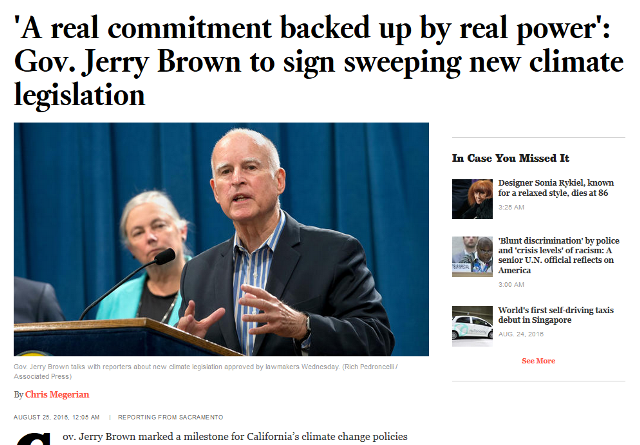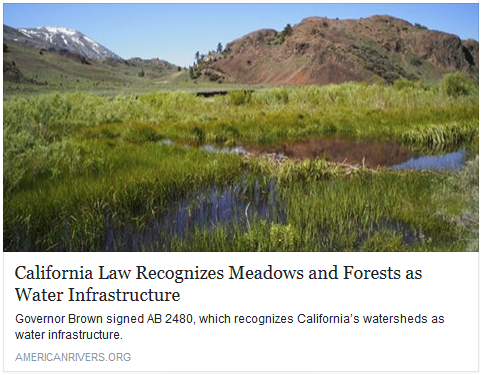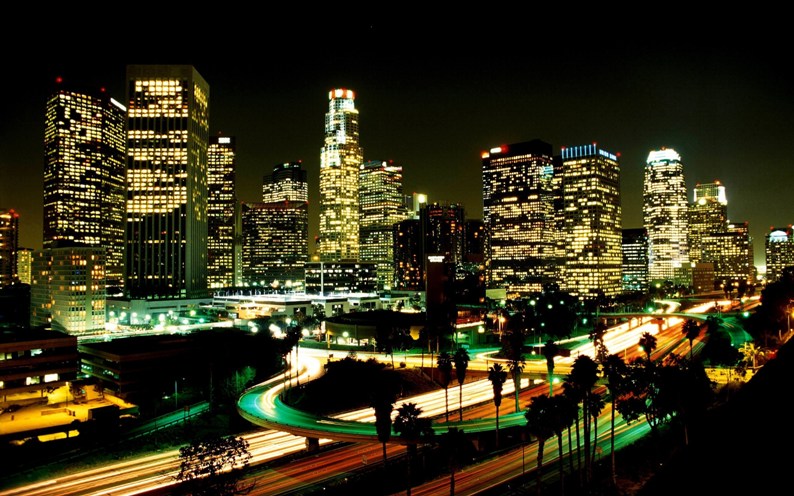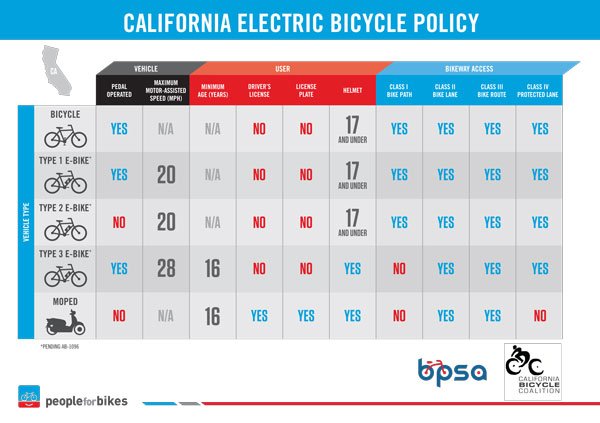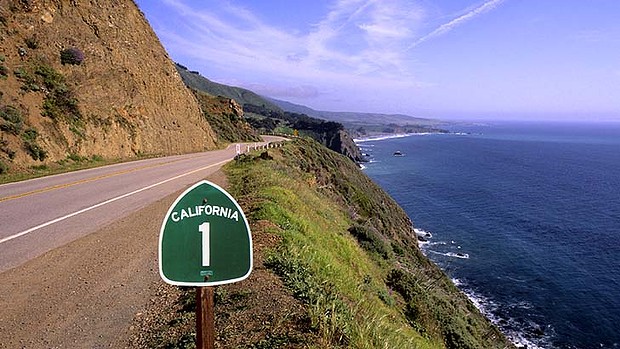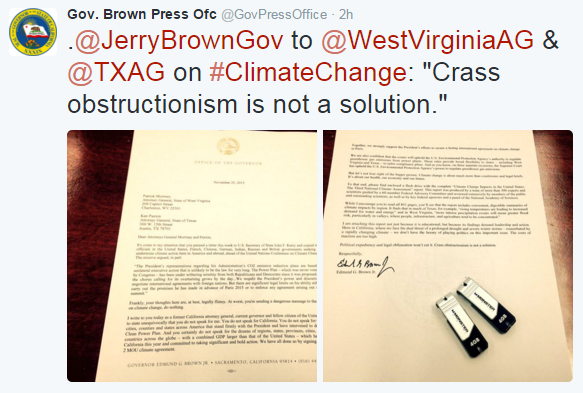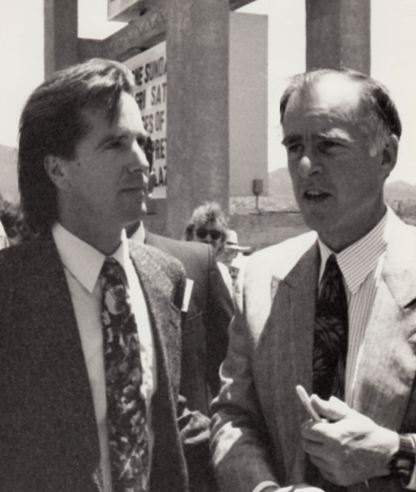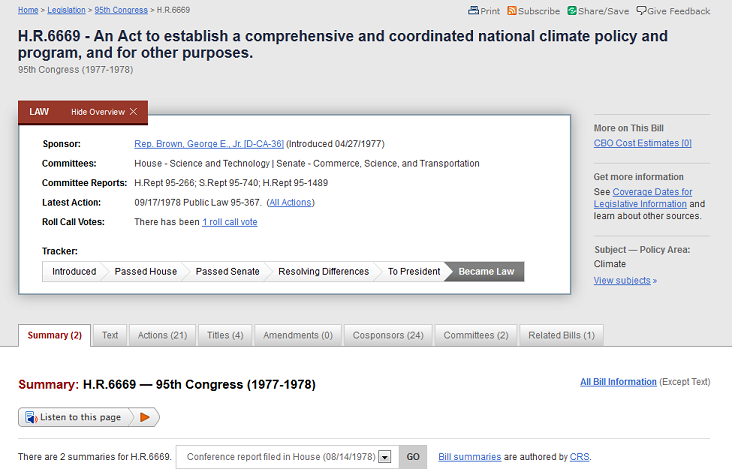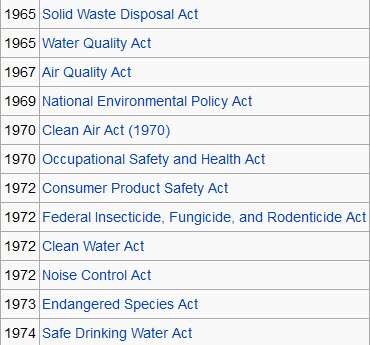California out in front in a Green future: Difference between revisions
Siterunner (talk | contribs) No edit summary |
Siterunner (talk | contribs) No edit summary |
||
| Line 9: | Line 9: | ||
''http://www.greenpolicy360.net/w/California_is_ahead_of_the_game_as_Obama_releases_Clean_Power_Plan'' | ''http://www.greenpolicy360.net/w/California_is_ahead_of_the_game_as_Obama_releases_Clean_Power_Plan'' | ||
[http://www.igsd.org/california-governor-signs-worlds-toughest-super-pollutant-law/ '''''California Governor Signs World’s Toughest Super Pollutant Law'''''] | |||
[[File:Brown climate legis Aug2016 m.png|link=http://www.latimes.com/politics/la-pol-sac-skelton-california-climate-change-legislation-20160825-snap-story.html]] | [[File:Brown climate legis Aug2016 m.png|link=http://www.latimes.com/politics/la-pol-sac-skelton-california-climate-change-legislation-20160825-snap-story.html]] | ||
Revision as of 13:50, 15 October 2016
California's Global Warming Solutions Act of 2006 (AB 32) was the first program in the country to take a comprehensive, long-term approach to addressing climate change...
Now California's climate/pollution Act has been updated and extended -- a green model for states and countries globally
http://www.greenpolicy360.net/w/California_Global_Warming_Solutions_Act
http://www.greenpolicy360.net/w/California_is_ahead_of_the_game_as_Obama_releases_Clean_Power_Plan
California Governor Signs World’s Toughest Super Pollutant Law
○
- California’s watersheds as water infrastructure
○
The Second-Largest City In The U.S. Is On The Verge Of 100 Percent Renewable Policy
Cities have a very unique ability to be at once visionary and pragmatic
Los Angeles is a city born of Thomas Edison’s inventions. The movie camera, obviously, helped propel it to become the second-largest city in the United States, but the light bulb, too, is integral to the city’s heritage. Unlike many of the country’s older cities, Los Angeles barely knew a time without electricity. There is even a hip bar called The Edison paying homage to the city’s history in a former power plant in the heart of downtown.
Growing up alongside the car and electricity industries, Los Angeles has long been seen as one of the country’s most modern cities. But now, as our collective dependence on power has been found guilty of damaging our water, air, and climate, the city is taking steps to be part of the new future: a clean energy future.
The City Council is going to consider a motion this month that would direct the municipal utility to determine how to move the city to 100 percent renewable energy. The motion already has broad support from councilmembers, and Los Angeles officials confirmed that the Los Angeles Department of Water and Power (LADWP) has begun work on the report, which will be developed with research partners, including the Dept. of Energy.
○
The motion from council members Greg Krekorian and Mike Bonin reads:
- LADWP is on the verge of making significant investments in its infrastructure, and with that 100-year-old power system in need of significant upgrades, the city has an opportunity to re-create its utility in a way that recognizes the potential for a fossil-free future, demonstrates global leadership in its commitment to clean energy, and protects ratepayers from the increasing costs of carbon-based fuels...
Read the June 2016 Motion: http://clkrep.lacity.org/onlinedocs/2016/16-0243_mot_03-02-2016.pdf
○
Electric Bike Policy / October 2015 - First in the Nation
○
○ ○ ○ ○ ○
Updates:
Governor Brown at Climate Summit Signing at UN
"While national governments came together to reach a historic climate agreement in Paris last December, it's up to the world's states, regions and cities to make it a reality in the years ahead," said Governor Brown.
- "The task before us is daunting, but California will continue to lead the charge."
- Planet Citizens
○
'Green California', sustainable state government, model operations and practices
○
Governor Brown keeps a green agenda moving & political pressure on those attempting to block progress...
California Governor's Message to West Virginia and Texas
○ ○ ○ ○ ○ ○ ○ ○ ○ ○ ○ ○ ○ ○ ○ ○ ○ ○ ○ ○ ○ ○ ○ ○ ○ ○ ○ ○ ○ ○ ○
California Gov. Brown signs 23 Environmental Bills / October 2015
California is ahead of the game
California's Zero Emissions Vehicle Mandate
By the 2025 model year, automakers that sell vehicles in California will have to make 15.4 percent of them ZEV. That's an estimated annual output for one state of 270,000 EVs, plug-in hybrids and fuel-cell electrics, based on projected 2025 statewide sales of 1.75 million new cars and light trucks. Plug-in hybrids with extended all-electric range are expected to account for about two-thirds of the total
○ ○ ○ ○ ○ ○ ○ ○ ○ ○ ○ ○ ○ ○ ○ ○ ○
Oh V Dub Around the World
California's CARB Busts Volkswagen for Cheating
California's Air Resources Board w/ the ICCT takes on VW
EPA and CARB Statement / Policy response to the VW defeat device discovery
Policy solutions to reduce vehicle exhaust emissions under real-world driving conditions
Transition to a global zero-emission vehicle fleet: A collaborative agenda for governments
○ ○ ○ ○
California is about to do something no state has done / Sept 2015
Back in January, California Gov. Jerry Brown (D) made a promise. His state, he said, would pursue a new package of climate goals that are the most ambitious in the nation (and among the most ambitious in the world). California was already a leader in efforts to slash greenhouse gas emissions and promote clean energy. Brown pledged to go further. By 2030, he declared, California would double the energy efficiency of state buildings; get half its electricity from renewables; and halve consumption of gasoline by cars and trucks.
At the time, all those nice-sounding goals were just words in a speech. But they could very soon become the law of the land. The state legislature is currently considering several bills (SB 350 is the most important) that would codify Brown's climate agenda. The legislation is widely expected to pass before the end of the legislative session next Friday, but not without a fight from the state's powerful oil lobby...
○ ○ ○ ○
Setback on SB 350 / Sept 10, 2015
○ ○ ○ ○
California has a history that derives from the experience of smog in the Los Angeles Basin... as a result, over many years, forward-looking pollution control standards were established and under the so-called Pavley Law, the first legislation in the world to regulate greenhouse gas emissions in passenger vehicles, were ultimately adopted by the United States as the national standard. [1] [2]
○ ○ ○ ○ ○ ○ ○ ○ ○ ○ ○ ○ ○ ○ ○ ○ ○ ○ ○ ○ ○ ○ ○ ○ ○ ○ ○ ○ ○ ○ ○ ○ ○ ○ ○ ○ ○ ○ ○ ○
What happens when enlightened policies are put in place?
In the absence of sufficient U.S. federal leadership, it’s cities and states that are largely moving the needle on addressing climate disruption. As the world’s 8th largest economy California has long played a catalytic role in the development of landmark national environmental laws and standards. California continues to serve as a model. [3]
As Tom Hayden has reported, “Since Governor Jerry Brown’s first term in 1974, California has been on a steady march to an alternative energy future. Enter Brown today as a modern Archimedes, the ancient Greek philosopher who searched for a leverage point from which to transform the world. California is that leverage point.”
Governor Brown began his current term by passing game-changing climate legislation, and building on the AB32 global warming legislation of the previous Governor. He has populated the administration with savvy, skillful policy makers designing leading-edge climate policies. Coupled with visionary lawmakers, the state has developed and implemented a broad suite of clean energy and low-carbon incentives and policies, while maintaining a fairly robust economy and green jobs creation.
California is poised to spend $120 billion on clean energy in the next five years, more than any other state and most foreign countries. Its plan is to achieve 33 percent of its electricity from renewables by 2020, and may double its rate by 2030. Consumers have saved an estimated $74 billion on energy efficiency programs. Silicon Valley leads the U.S. with 2/3 of green venture capital.
While fracking policy remains a serious unresolved issue, California is showing how an advanced economy can set future targets of 100 percent renewables without nuclear power. Goals in the coming decade include 1.5 million zero-emission cars and a million solar rooftops. New state building codes are driving the proliferation of zero-net energy buildings.
Meanwhile distributed energy is on its way to democratizing clean energy and displacing centralized fossil-fueled utility monopolies.
Dispelling the “jobs versus the environment myth,” California employs 199,000 workers in clean energy industries, with 100s of thousands more planned. Clean economy jobs jumped 20% over the past decade while other jobs rose only 2%. [In California in 2013, 7,755 projects were announced. 1,880 projects were under construction, 15,397 total projects were in operation.] There are already more clean energy jobs in the U.S. than jobs in the coal, oil and gas industries.
Major environmental justice legislation is set to assure hundreds of millions of dollars to implement climate policies and jobs that benefit frontline communities. That environmental justice vision will be key to international negotiations. Environmental justice has been the deal-breaker between the rich and poor countries — the poor did not create the problems yet suffer the brunt.
Governor Brown’s strategic end-run using clean energy diplomacy has led to low-carbon pacts with China, Germany, Mexico, Israel, Peru, Quebec, British Columbia, and multiple states in the Pacific Northwest, the Midwest and New England. As a Model for Regional-Local Approaches to Climate Change, the Pacific Coast Action Plan on Climate & Energy stands out.
Governor Brown has helped assemble a Green Bloc of states including the Northeast and Midwest that include at least half the American population and over 40 percent of the economy, with total GDP of $6.4 trillion. Former Governor Schwartzenegger and former New York City Mayor Michael Blooomberg are also building local and regional alliances. Many other nations are rooting for the Green Bloc’s continuing political rise.
The strategy is to force action federally and internationally from below. As Governor Brown commented, “What happens in California doesn’t stay in California.” [4] [5]
Changing the politics will come down to growing the national and global movement of movements.
○ ○ ○ ○ ○ ○ ○ ○ ○ ○ ○ ○ ○ ○ ○ ○ ○ ○ ○ ○ ○ ○ ○ ○
Meeting in the Bay Area to Spread the Word
- For over 25 years meeting every year to share 'best practices'
http://bit.ly/howcanwegrowtheworldwewant
http://www.bioneers.org/bioneers-e-book-california-climate-leadership/
○ ○ ○ ○ ○ ○ ○ ○ ○ ○ ○ ○ ○ ○ ○ ○
Todd Gitlin -- It’s here; it’s big; it’s real; it matters.
Writing of the Climate March
There is today a climate movement
Bioneers speak up ...
September 23rd -- UN Climate Summit
○ ○ ○ ○ ○ ○ ○ ○ ○ ○ ○ ○ ○ ○ ○ ○ ○ ○ ○ ○ ○ ○ ○ ○ ○ ○ ○
Models for Resilience and Transformative Change
Celebrating the Bioneers 25th Anniversary Conference
Bioneers, a preeminent environmental protection organization and movement that gathers annually in the San Francisco Bay area, bringing together thousands who share green best practices and models for making a positive difference in communities throughout the US and now internationally
○ ○ ○ ○ ○ ○ ○ ○ ○ ○ ○
Plant a Tree and More!
https://www.treepeople.org/action
TreePeople, founded in Los Angeles, are a highlighted group within the Bioneers and for over 40 years have worked with success and enthusiasm.
As TreePeople explains on their website: "TreePeople inspires and supports the people of LA to come together to plant and care for trees, harvest the rain, and renew depleted landscapes. We unite with communities to grow a greener, shadier and more water-secure city at homes, neighborhoods, schools and in the local mountains. We work with volunteer leaders using our unique Citizen Forester model, and we influence government agencies for a healthy, thriving Los Angeles"
TreePeople have involved more than 2 million people in planting and caring for more than 2 million trees. TreePeople is a leading voice in dealing with the effects of California's drought and climate change impacts. TreePeople is a model for community projects, programs and visionary efforts that are being adopted nationally and globally
○ ○ ○ ○ ○ ○ ○ ○ ○ ○ ○ ○ ○ ○ ○ ○ ○ ○ ○ ○ ○ ○ ○ ○ ○ ○ ○ ○ ○ ○ ○ ○ ○ ○ ○ ○ ○ ○ ○ ○ ○ ○
California / AB 1493, Pavley. Vehicular emissions: greenhouse gases
...a model of green legislative best practices
...the "Pavley Law"', first legislation in the world to regulate greenhouse gas emissions of passenger vehicles... these visionary California environmental protection laws/regulations became model air quality / air pollution legislation and were ultimately adopted by the United States as the national standard. ARB 1 ARB 2
○ ○ ○ ○ ○ ○ ○ ○ ○ ○ ○ ○ ○ ○ ○ ○ ○ ○ ○ ○ ○ ○ ○ ○ ○ ○
- Out in Front on Climate Change
Governor Brown signs aggressive climate change bill
LOS ANGELES (AP) / October 7, 2015 — Gov. Jerry Brown dramatically increased California's climate-change goals on Wednesday, committing the state to use renewable energy for half its electricity and make existing buildings twice as energy-efficient in just 15 years.
○
America Magazine | July 2015
California Governor Jerry Brown has spent his entire life in public service. After college Brown spent a few years as a Jesuit seminarian. He has spent the 45 years since serving the state of California at every level, from Los Angeles community college district trustee to mayor of Oakland, state Attorney General, governor, candidate for Senate twice, and candidate for the presidency three times. In his 1992 run he carried six states, and came in second in voting at the Democratic convention to Bill Clinton...
I think it definitely advances the church’s position on the environment. The pope made a very clear articulation of the responsibility and the respect that human beings owe the rest of creation. And he’s taking on a real existential threat to the underlying conditions on which our civilization is dependent, the stability of the climate, which has been very favorable for the last 10 to 12 thousand years. So it’s important for reorienting Catholics to the rules and the laws of nature that can’t be ignored or abused in the name of individual freedom or desire or initiative. As people work out their various ways of living they have to take into account not just what they want to do, but what nature dictates and what science tells us about the way human beings are enmeshed in and dependent on a greater and complex web of life.
The pope is also raising the point, which gets serious opposition from many quarters, of how much material stuff is really appropriate, that there are certain limits and certain ways of living and industrializing and carrying on that are more compatible with a sustainable and healthy environment. The encyclical raises a real challenge to a modern world that is so dependent on the market for authority and for the allocation of life’s goods and services. The pope is raising the ante, saying No, you have to look at the impact. When you’re disturbing the environment you’re going to create negative feedbacks that are going to be felt disproportionately by poorer people, more vulnerable people who don’t have the assets and the capital to protect themselves against the extreme weather and the disruptions that follow in the wake of an impaired climate regime, which is where we’re going.
So all in all I’d say it’s a welcome voice, a clear voice that definitely lays out ideas consistent with the Catholic tradition but also very related to the times that we’re in...
○ ○ ○ ○
California has this history that really derives from the experience of smog in the Los Angeles Basin, and the response to that over many administrations has led to where we are today. As a matter of fact the standards that were established under the so-called Pavley Law, "the first legislation in the world to regulate greenhouse gas emissions of passenger vehicles, were ultimately adopted by the United States as the national standard". [6] [7]
○ ○ ○ ○
Today Los Angeles has ten times as many cars as it did in the 50s, and the air is 95 percent cleaner. That’s a pretty dramatic move, one that countries like China and India are taking notice of.
So we’ve had that history. As far as people’s attitudes I would say that there is a strong preference for favoring policies that nurture the environment as oppose to those that disrupt them.
But if you dig deeper into the use of things or creature comforts, I don’t think we’ve attained the level of enlightenment that Pope Francis is calling for.
§
Quick Green Look
https://twitter.com/GovPressOffice
http://www.greenpolicy360.net/w/Solar_Power_Plants_in_the_Mojave_Desert
http://www.greenpolicy360.net/w/California_out_in_front_in_a_Green_future
http://www.greenpolicy360.net/mw/images/Pacific_Coast_Climate_Action_Plan.pdf
§
- Confronting Historic Drought-Climate Change
April 2015 -- Brown orders California's first mandatory water restrictions: 'It's a different world'
Standing in a brown field that would normally be smothered in several feet of snow, Gov. Jerry Brown on Wednesday ordered cities and towns across California to cut water use by 25% as part of a sweeping set of mandatory drought restrictions, the first in state history.
http://gov.ca.gov/news.php?id=18910
PBS Interview - http://www.pbs.org/newshour/bb/gov-jerry-brown-california-change-whats-comfortable-address-drought/
§
January 2015
Who would want to be Governor of California? (CBS Video)
§
Challenge and Best Practice Solutions...
In his re-election victory speech Tuesday night, Brown mentioned Props 1 and 2 as being vital to his goals as governor.
"Save money, save water, those are two pillars," Brown said.
§
November 2014 - the State of California under the leadership of its green governor, Jerry Brown, passed a set of laws, with Proposition One at the center of a wide-ranging plan to encourage a range of water conservation usage and saving measures, California again out in front of national/global efforts to deal with climate change/drought.
Having led the effort to shape and urge passage of a top state priority in the 2014 election, the Governor succeeded as voters passed Proposition 1 – the Water Quality, Supply and Infrastructure Act of 2014 – by a margin of 67%-33%.
Proposition 1 provides $7.5 billion in new and redirected bond funds for a wide range of water related projects that will:
• Protect rivers, lakes, streams, coastal waters and watersheds • Provide regional water security, climate and drought preparedness • Provide public benefits through a wide range of water storage options that demonstrate improvement to the state water system, cost-effectiveness and net improvement in ecosystem and water quality conditions • Promote water recycling • Improve drinking water quality • Provide increased flood protection
- - - - - - - - - - - - - - - - - - - - - - - - - - - - - - - - - - - - - - - - - - - - - - - - -
- - - - - - - - - - - - - - - - - - - - - - - - - - - - - - - - - - - - - - - - - - - - - - - - -
Siterunner / SJS: Remembering the scientist/professors from the Univ of California in Irvine (Orange County), Nobel laureate Frank Sherwood Rowland and Mexican-born, Nobel prize-winner from San Diego Mario Molina, whose scientific findings together in the 1970s first put Ozone depletion and CFCs into public awareness. Their prodigious work and visionary science led to the Montreal Protocol -- the first substantial international agreement to limit destructive atmospheric emissions. The two Montreal ozone treaties have been ratified by 197 parties, which includes 196 states and the European Union, making them the first universally ratified treaties in United Nations history.
Let's look a bit more at the beginnings of what is called the modern environmental, activist movement (as distinguished from the conservationist origins of environmentalism ala John Muir, the Sierra Club and all those after Teddy Roosevelt who looked to the 'big picture' and what government can do to benefit 'the commons' and common good, preserving and protecting Earth's resources and beauty. As Roosevelt acted to re-define executive orderse and government monument into preservation with his action to 'go around' mining and industry blocking in Congress to preserve the Grand Canyon as a national monument. Many in the 1960s looked to expand protections of the the commons, working through Congress when possible as a result of public pressure, organizing and activism, and we also worked around Congress as needed pushing for both local and presidential action keeping in mind the precedent of Roosevelt (Roosevelt’s action in 1908 with the Grand Canyon set an important precedent for future Presidents to use for conservation efforts when there wasn’t consensus within Congress to act.) The 1960s, in many ways with the beginning of a larger picture realization carried worldwide with new communication systems and the first pictures from the Apollo 8 mission, led to a rush of visionary 'blue-green' proposals and policies.
California and the Modern Environmental Movement
- The beginning of the US environmental era, foundation of forward-looking law
- 'Teach-Ins' & the First 'Earth Day'
National Climate Program Act
An Act to establish a comprehensive and coordinated national climate policy and program
- 95th Congress (1977-1978)
- Authored by Rep. George E. Brown / East Los Angeles
- - - - - - - - - - - - - - - - - - - - - - - - - - - - - - - - - - - - - - - - - - - - - -
- Greening Our Blue Planet
~
- Agriculture
- Air Pollution
- Air Quality
- Atmospheric Science
- Bioneers
- California
- Citizen Science
- City Governments
- Clean Air
- Climate Change
- Climate Policy
- Climate Smart Agriculture
- County Governments
- Earth360
- EarthPOV
- Earth Science
- Ecology Studies
- Energy
- Energy Policy
- Environmental Full-cost Accounting
- Environmental Protection
- Environmental Security
- Environmental Security, National Security
- EOS eco Operating System
- Externalities
- Gas-Powered Transportation
- Global Security
- Global Warming
- Green Best Practices
- Green Networking
- Green Politics
- Health
- Initiatives
- Labor Issues
- Living Wage
- Minimum Wage
- Natural Resources
- Ordinances
- Planet Citizen
- Planet Scientist
- Planet Citizens, Planet Scientists
- Planetary Science
- Policies
- Programs
- Pollution
- Renewable Energy
- Resolutions
- Sea-Level Rise & Mitigation
- Smart Homes
- Solar Energy
- State
- Sustainability
- Sustainability Policies
- ThinBlueLayer
- Transportation
- Virtual Earth
- Virtual Planet
- Water
- Whole Earth
- Wind Power
